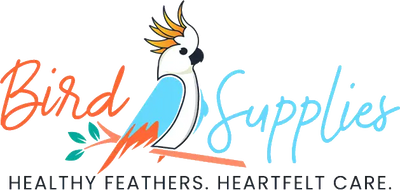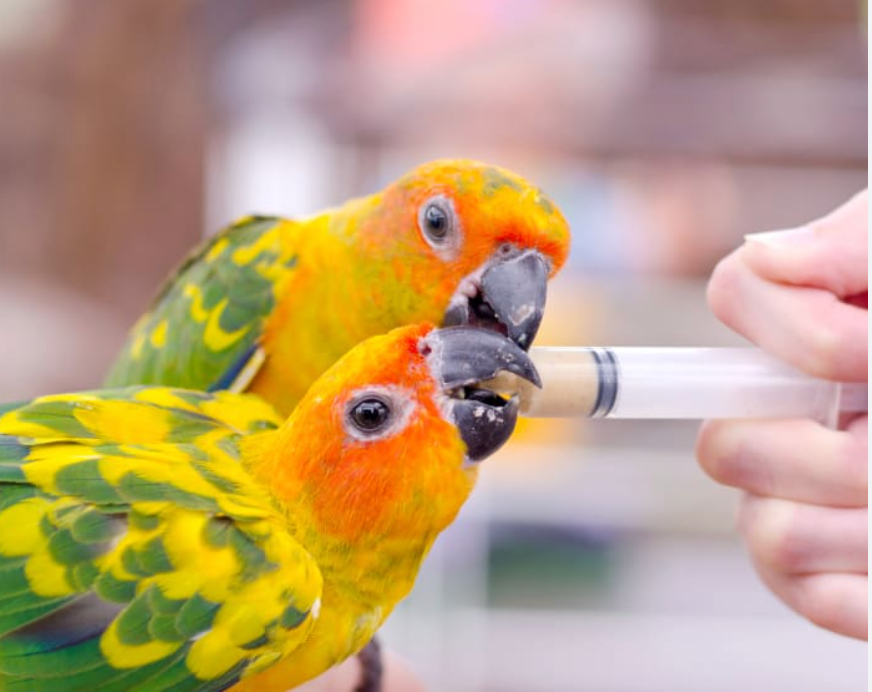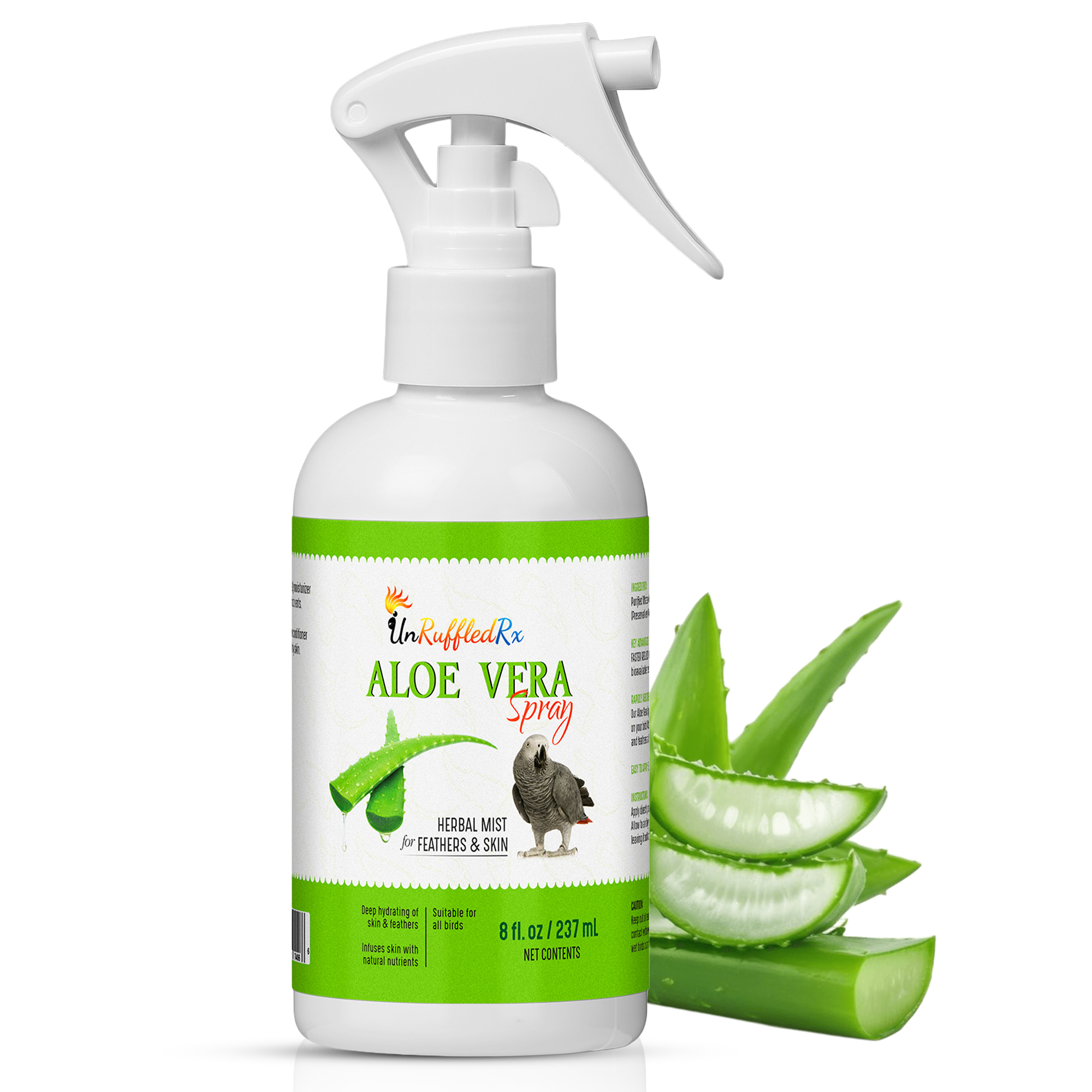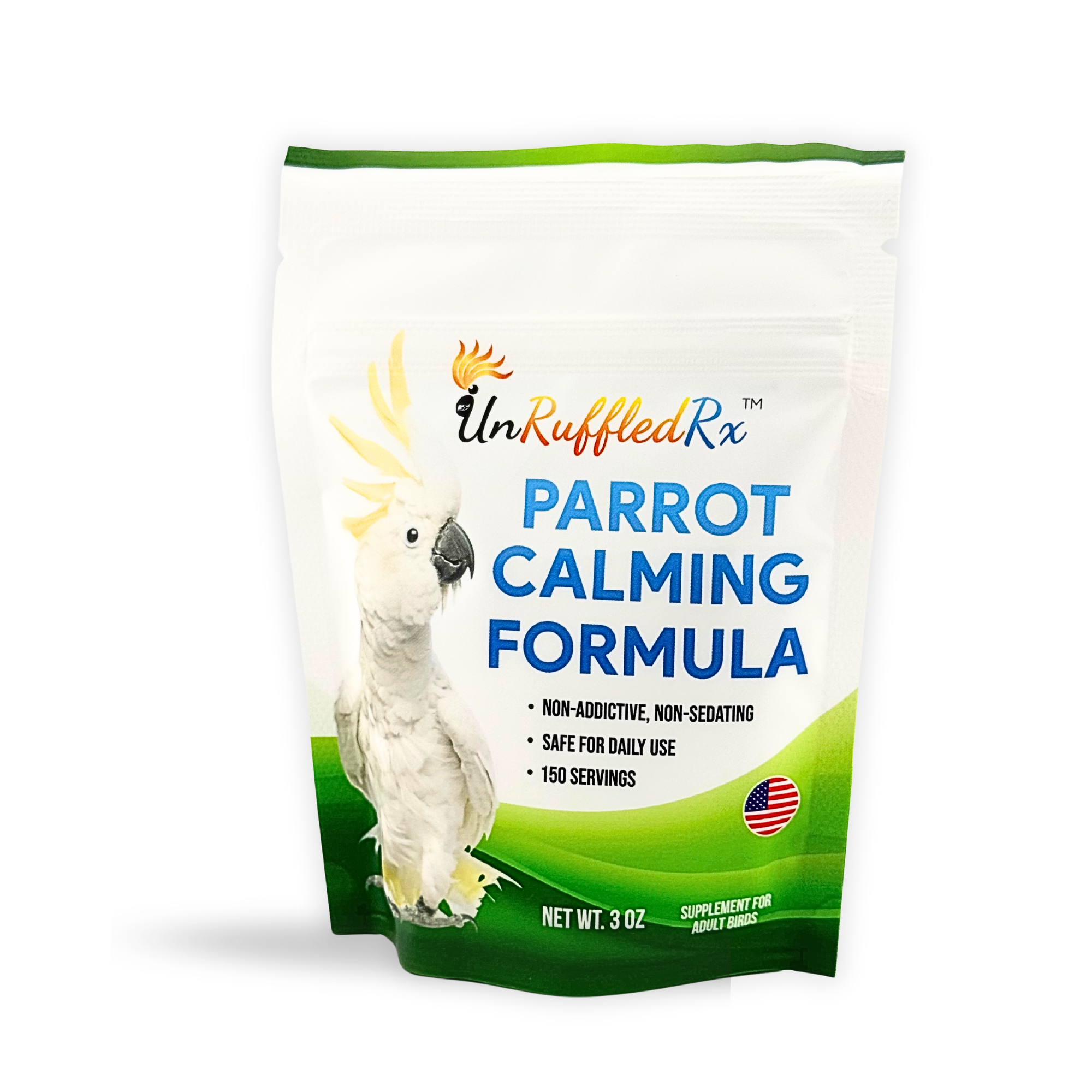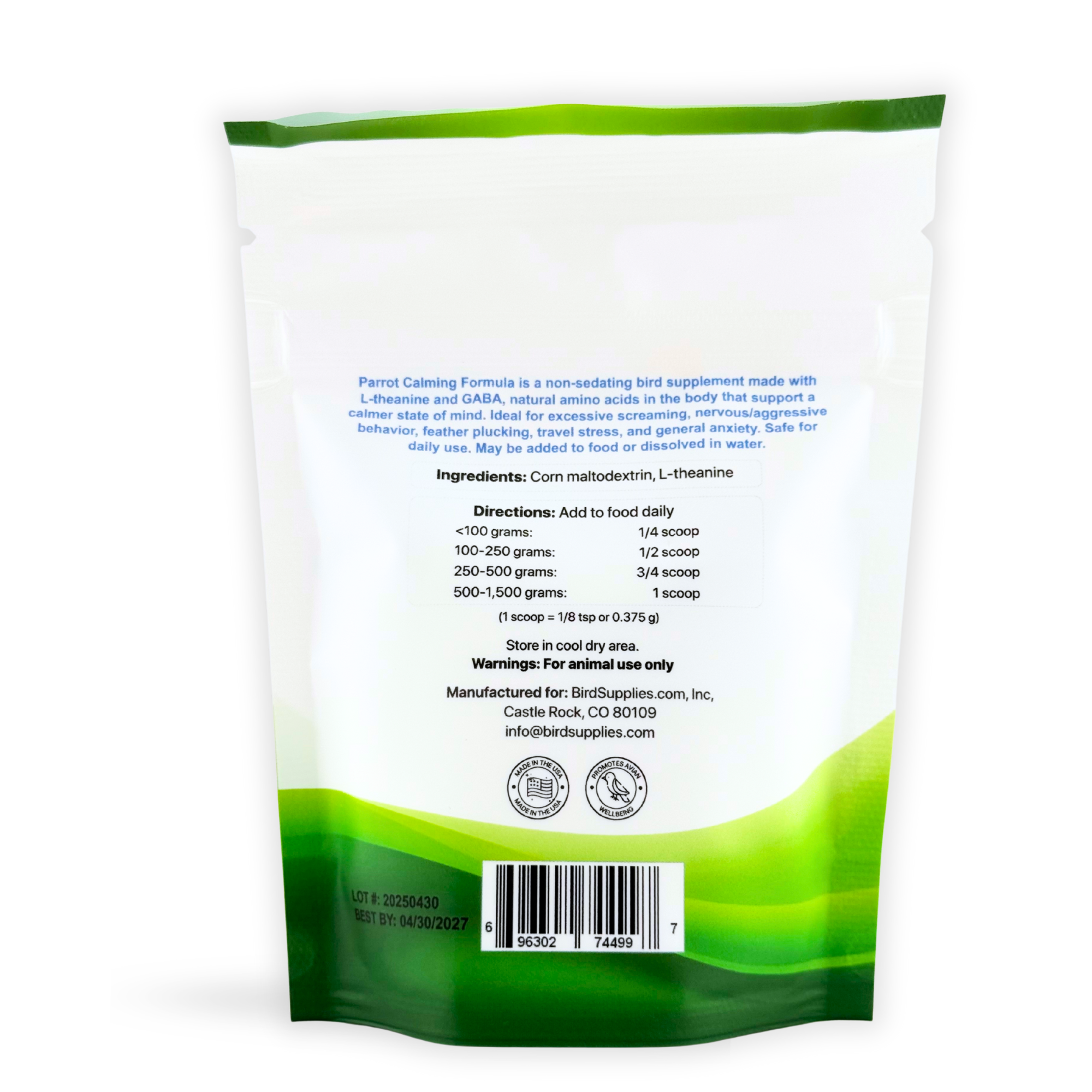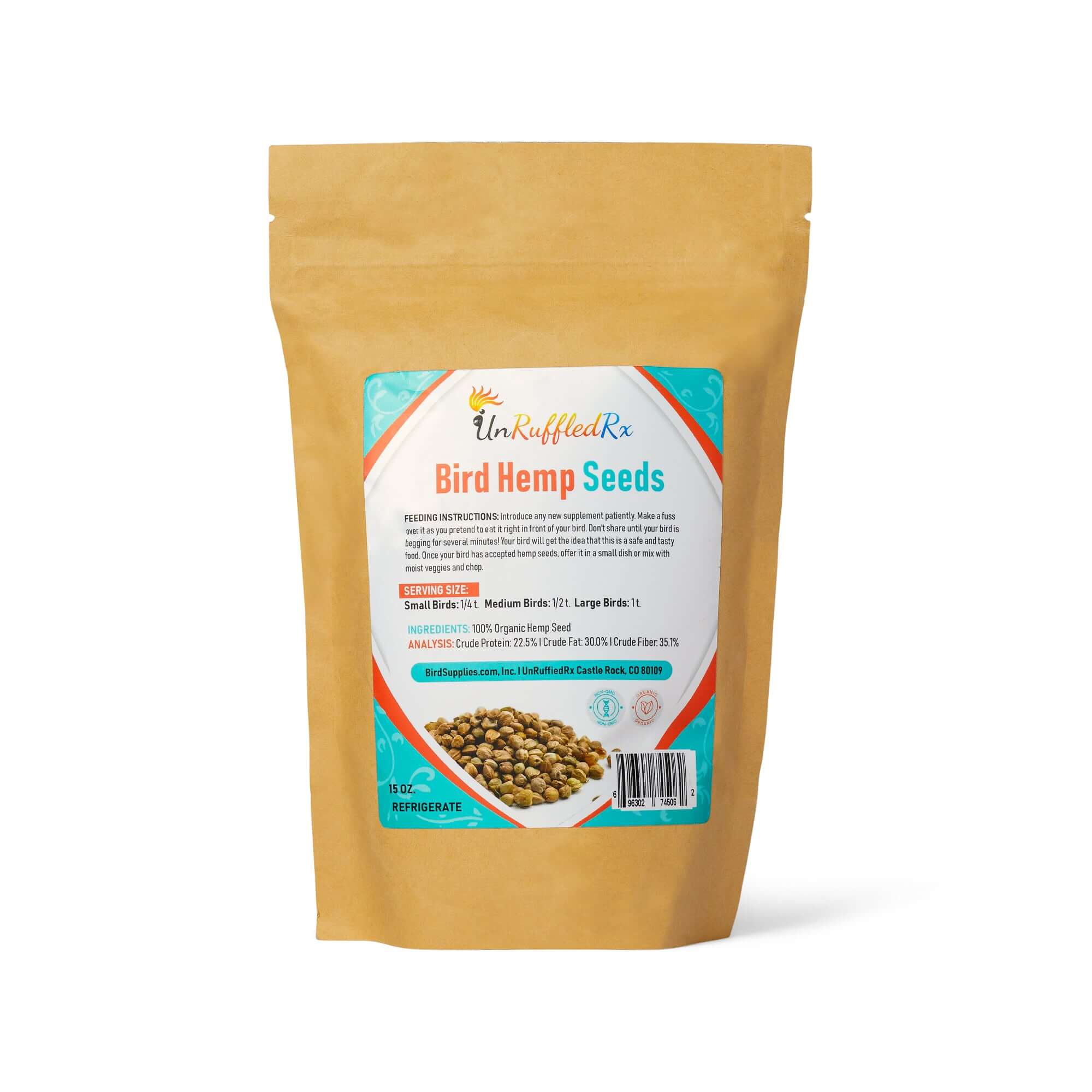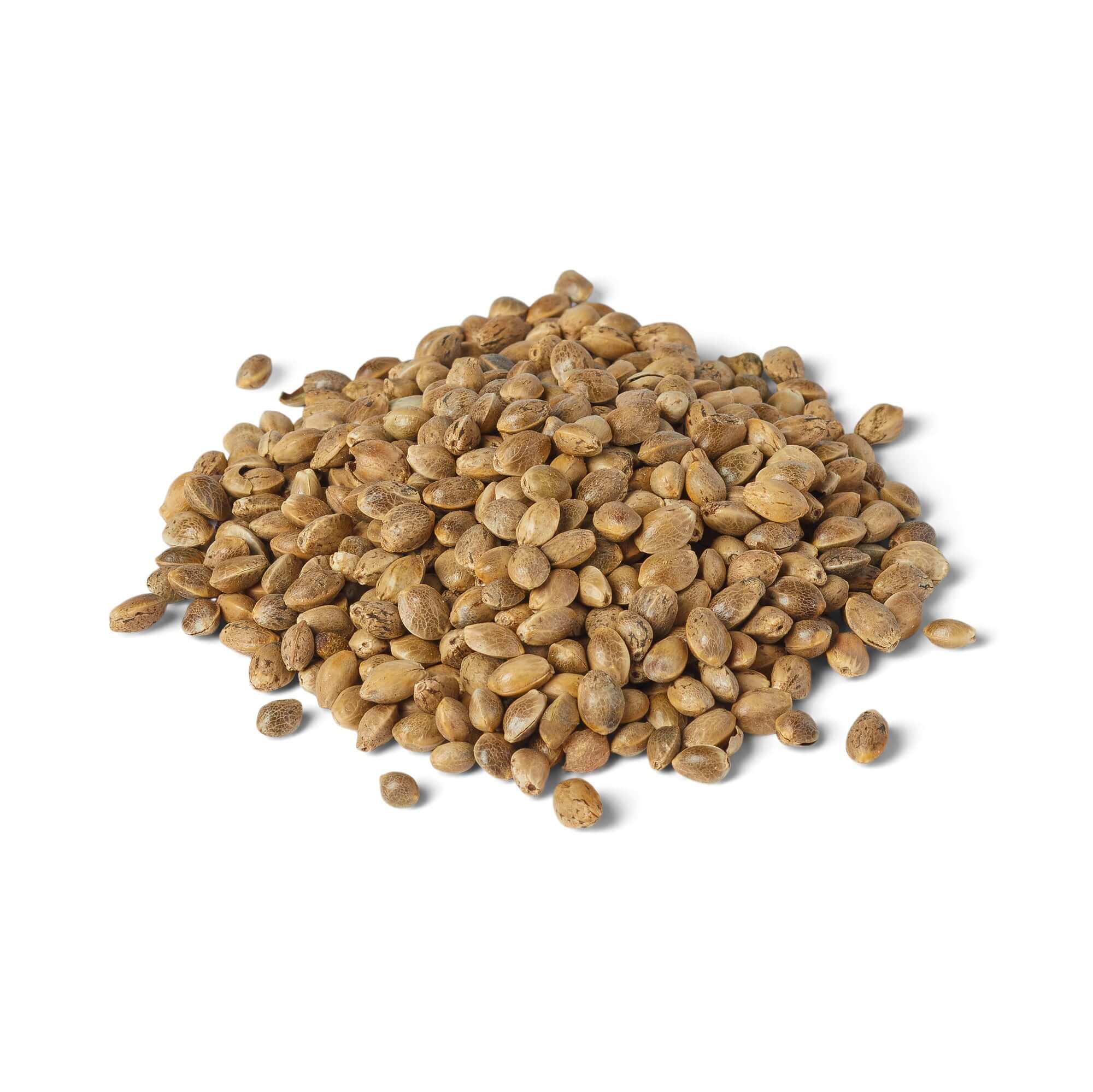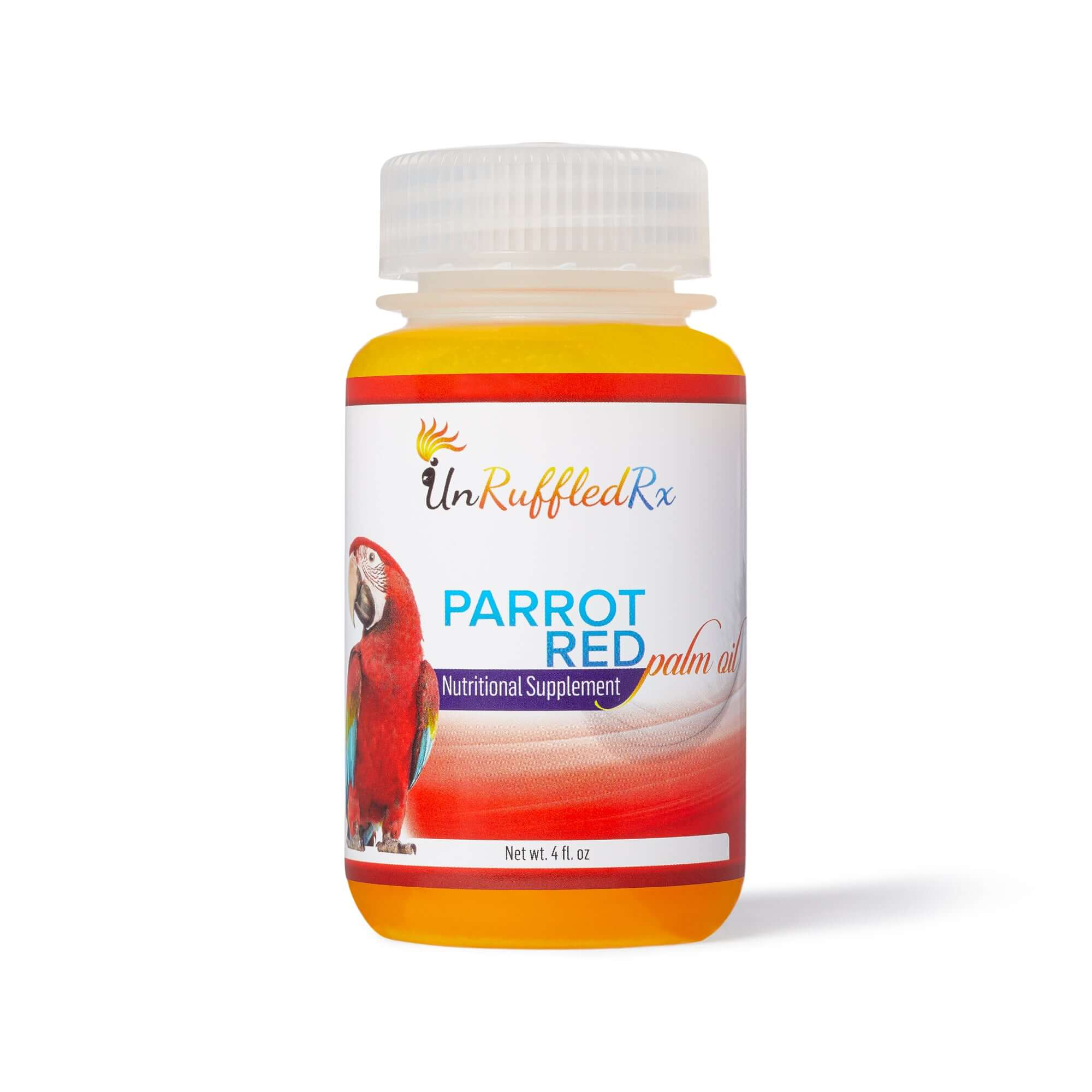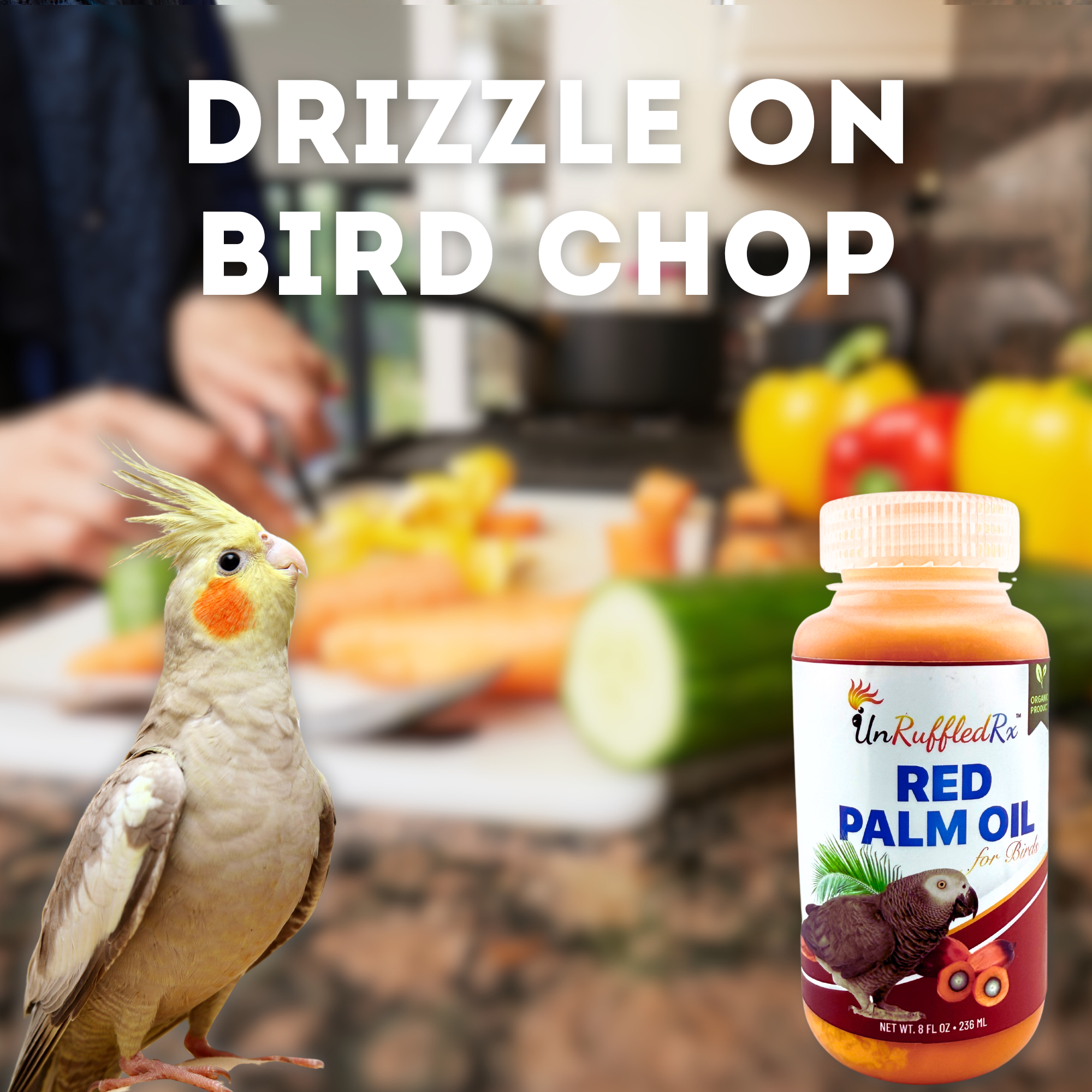- Why Birds Avoid Taking Medications
- Exploring Various Ways To Give Birds Medicine
- FAQs About Medicating Parrots
I learned how to give medicine to a parrot back in 2013. My beloved Peachy faced a tough battle with a severe foot injury and Mega Bacteria. The months of giving him extensive medication were overwhelming for both of us, but he survived and has been healthy since.
That experience taught me just how critical it is to prepare birds for taking medication before an emergency arises. It’s a lesson I’ll never forget and one I want to share to help others avoid the same struggle.
Why Birds Avoid Taking Medications
Birds aren’t really picky eaters—they’re just cautious by nature, and for good reason. In the wild, especially in rainforests or jungles, there’s an overwhelming variety of plants, fruits, seeds, and flowers. Some are safe and nutritious, but others can be toxic or even deadly to birds.
Brightly colored berries or tempting seeds might look appealing, but they can carry poisons that could harm or kill a bird. To survive, birds have developed instincts to avoid trying anything unfamiliar until they know it’s safe.
Young birds learn what’s safe to eat by watching older flock members. They rely on their eyes, not taste buds, to recognize foods that are familiar and safe.
This same cautious behavior carries over to pet birds. That’s why introducing new foods takes patience. You have to teach your bird that the food is safe before they’ll even consider trying it.
Problem:
Trying to feed a sick bird something new often puts them into a full-blown panic, as if you’re trying to harm them. They might react dramatically, almost screaming:
|
🙀 “Get that shit away from me!” |
Solution:
Birds can be taught to take medicine or eat supplements through positive reinforcement, gradually accepting the medicine without a fuss.
Exploring Various Ways To Give Birds Medicine
Let's look at various ways that most people try to give birds medicine:
| Strategy | Pros | Cons |
|---|---|---|
| Serve in water dish | Works well for certain water-soluble supplements specifically designed to be given this way. |
Difficult to guarantee the correct dosage of prescription medications. The majority of medications are not formulated to be administered through dilution in a water dish. |
| Sprinkle on food | A natural approach to introducing supplements, particularly useful for starting with small portions to help the bird build tolerance for trying new things | Many birds are hesitant to eat previously unseen foods. It can be challenging to ensure they receive the correct dosage. Additionally, some medications may not combine well with specific foods. |
| Serve via syringe, dropper, or creamer pitcher | Allows for accurate dosage delivery. A tame bird can often be easily trained to accept a syringe. | This method can be stressful for some birds. It's important to learn proper techniques for safely restraining your bird before administering the medication. Additionally, you must squirt the medication slowly to prevent the risk of aspiration. |
| Positive reinforcement Training Methods | Encourages desired behavior through rewards. Force-free training is always preferred. |
Requires consistent reinforcement once trained. |
Serving Bird Supplements In Water
-
Mix the Appropriate Dose in Fresh Water: Start by measuring the recommended dosage of the supplement and mixing it thoroughly in fresh water. Ensure that the supplement dissolves completely and the water appears clear.
-
Change water twice a day: It's important to provide fresh water with the dissolved supplement twice a day. This ensures that your bird gets the full benefits of the supplement without any degradation or contamination.
- Follow dosing instructions on the bottle: Pay close attention to the dosing instructions provided on the supplement bottle, especially when dealing with vitamins and minerals. Following the recommended dosage ensures your bird receives the right amount of nutrients.
Titrating Dose for Nutraceuticals: For nutraceutical supplements, you can titrate the dose based on your bird's response and specific needs. Titrating involves adjusting the dosage gradually to achieve the desired effect while minimizing any potential side effects. It's a personalized approach that allows you to tailor the supplement dosage to your bird's individual requirements.

Serving Bird Supplements on Food
-
Work with Chop: Sprinkling supplements on chop (a mixture of fresh vegetables and fruits) is an effective way to introduce them to your bird's diet.
-
Consider Food Color: You may choose to sprinkle the supplements on food with a similar color to make them less noticeable to your bird.
- Start Small and Build Up: Begin with a small sprinkle of the supplement and gradually increase the amount until you reach the suggested dosage. This helps your bird adjust to the new taste and ensures they consume the recommended amount over time.
Syringe Feed
-
Start with Preferred Juice or Baby Food: Begin by serving your bird's preferred juice or baby food from a syringe. This helps familiarize them with the syringe and creates a positive association.
-
Verbal Reinforcement: While feeding, verbally reinforce positive behavior with gentle and encouraging words. This reinforces the idea that the syringe and its contents are safe and enjoyable.
-
Gradually Introduce Medicine: Once your bird readily accepts the syringe, slowly add a tiny amount of the medicine to the juice or baby food. Start with a small dose and gradually increase until the whole dose is fed.
- Reinforce About Once a Month: Periodically reinforce this positive experience by offering the syringe with preferred juice or baby food, even when not administering medicine. This maintains the positive association with the syringe.
Positive Reinforcement
Positive reinforcement: Positive reinforcement involves rewarding desired behavior to encourage its repetition.
When you reward your bird for trying new medicine, they learn that this behavior leads to something enjoyable, making them more likely to do it again. You can use positive reinforcement to get your bird to accept medicine from spoon, and ordinary creamer jar, or even a syringe.
-
Demonstrate Safety: Show your bird that the food is safe by eating (or pretending to eat) it in front of them. This simulates flock behavior, reassuring your bird that the food is okay to try.
-
Start With A Preferred Food / Juice: Start by teaching your bird to accept a preferred juice or baby food flavor from a spoon, syringe, or a creamer jar. Then, slowly add a small portion of the dose of medicine as your bird tolerates it.
-
Get Giddy: Show excitement and joy every time that your bird tries to eat from the administration device. Your positive reaction encourages them to explore and try new things.
-
Slowly Add Supplement: After your bird is comfortable trying the food, slowly add a small amount of the supplement. You may need to model eating it again to show that it's safe.
- Routinely Reinforce: Continuously reinforce positive behavior by offering rewards or praise whenever your bird tries new foods or accepts supplements. Consistency is key to reinforcing desired behaviors.
FAQs About Medicating Parrots
Q: What if my parrot spits out the medication?
A: If your bird continues to resist, try practicing syringe feeding with only tasty, safe foods like diluted juice or baby food to build trust. Once your bird becomes comfortable with the syringe, gradually mix in small amounts of the medication. Keep the experience positive by using a calm tone, offering praise, and rewarding your bird with their favorite treat after each attempt. This approach helps your bird associate the syringe with good things, making the process less stressful for both of you.
Q: Can I mix medicine with food?
A: In most cases, no, mixing medication with food isn’t recommended. While it’s okay to add nutraceuticals or supplements to food, medications that require an exact dosage should not be administered this way. Birds may not eat all of the food, making it difficult to ensure they’ve received the full amount of medication. For precise dosing, a syringe or dropper is usually the best option. Always consult your avian vet before mixing any medication with food to ensure it’s safe and effective.od.
Q: How do I avoid stressing my bird?
A: To avoid stressing your bird during an emergency, stay as calm and gentle as possible. Speak softly and move slowly to help keep them relaxed. If you need to restrain your bird, use a towel to do so safely and securely, ensuring their wings and body are supported without causing discomfort. Try to administer the medication quickly but carefully, avoiding sudden movements that might startle them. If time allows, practicing handling techniques in non-emergency situations can help your bird feel more at ease
Q: How can I tell if my bird has swallowed the medication?
A: Watch for your bird's swallowing reflex, such as bobbing movements of the throat. Administer the medication slowly, giving them time to swallow each small amount before continuing. If you’re unsure, consult your vet for tips on ensuring proper administration.
Q: What’s the best way to introduce a syringe to my bird before they need medication?
A: Start by letting your bird explore an empty syringe during playtime to get familiar with it. Use the syringe to offer a small amount of a favorite treat, like diluted juice or baby food, so they associate it with something positive. Practice this regularly to build trust.
Q: Can I give my bird medication designed for humans or other animals?
A: No, never give your bird medication intended for humans or other animals unless specifically prescribed by an avian vet. Many medications can be toxic to birds, so it’s important to use prescriptions formulated for their unique needs. Always consult your vet first.
Administering medicine doesn’t have to be stressful. With preparation, patience, and positive reinforcement, you can help your bird stay healthy while strengthening your bond.
In conclusion, training birds to take medicine and supplements can be a rewarding journey that enhances their overall well-being. By understanding their natural instincts and utilizing positive reinforcement techniques, bird owners can successfully introduce and administer supplements without stress or resistance.
Whether it's through mixing supplements in water, sprinkling them on food, or using a syringe with gentle reinforcement, the key is patience, consistency, and a deep understanding of avian behavior.
Remember, each bird is unique, so it's essential to tailor your approach to suit their individual preferences and needs. With dedication and a nurturing approach, you can create a positive and enriching experience for both you and your feathered companion.
Related Posts:
6 Tips For Choosing A Bird Calming Supplement That Will Help Your Bird Feel Better
The Do's & Don'ts of Calming Anxious Birds
10 Tips For A Calm Bird Using Positive Reinforcement
Link to this blog
https://birdsupplies.com/blogs/news/how-to-train-your-parrot-to-take-supplements
Diane Burroughs, LCSW is a licensed psychotherapist trained in ABA therapy techniques. She specializes in avian anxiety disorders and is certified in Nutrition For Mental Health. Diane has written a number of bird behavior books and she offers behavior consultations. She's developed a range of UnRuffledRx Science-backed Parrot Wellness Supplies.
Diane's products have been featured in the Journal of Avian Medicine and Surgery and at Exoticscon, a conference for exotic pet veterinarians. Her bird collars & supplements are stocked in avian vet clinics and bird stores throughout the US. With over 30 years in the field of behavior, Diane has created thousands of successful individualized behavior plans that help pets thrive.
TAGS: #HowToGiveABirdMedicine #HowToGiveAParrotMedicine #BirdHealthTips
SHARING IS CARING! PLEASE SHARE ON YOUR FAVORITE SOCIAL MEDIA NOW!
